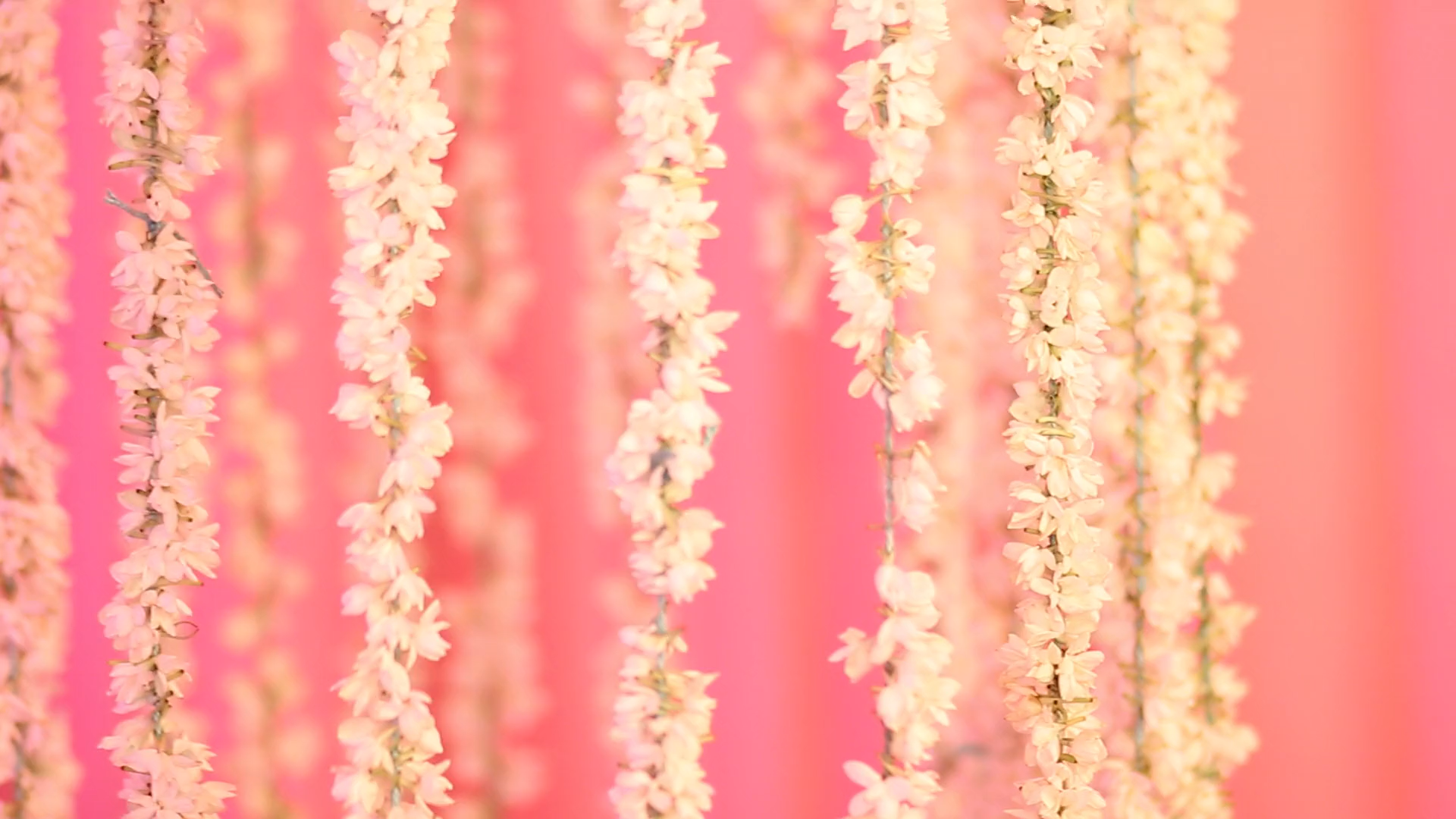…[O]ur narratives are not just about guilt, they are about love, resilience, and the quiet courage…to…carry the weight of our past while shaping our present and future selves.
Creators:
Summer Park (She/her)
Rita Lu (She/her)
Tracy Huang (She/her)
Diasporic guilt is a complex and difficult experience – it entails a sense of responsibility to people in the past, present, and future. That sense of responsibility can be for things that one has done, one hasn’t done yet, or one has no control over. Regardless of any combination of these components, diasporic guilt comes for most diasporic individuals. Across three different chapters, Summer, Rita, and Tracy detail the different sources of their diasporic guilt, the different people who are involved, and the different ways in which their diasporic guilt manifests. Despite their different cultural backgrounds and cultural/migration histories, all three ultimately have remarkably similar experiences because ultimately, diasporic guilt comes for most diasporic individuals. What miight have led you to experience your diasporic guilt, and what has that compelled you to do?
